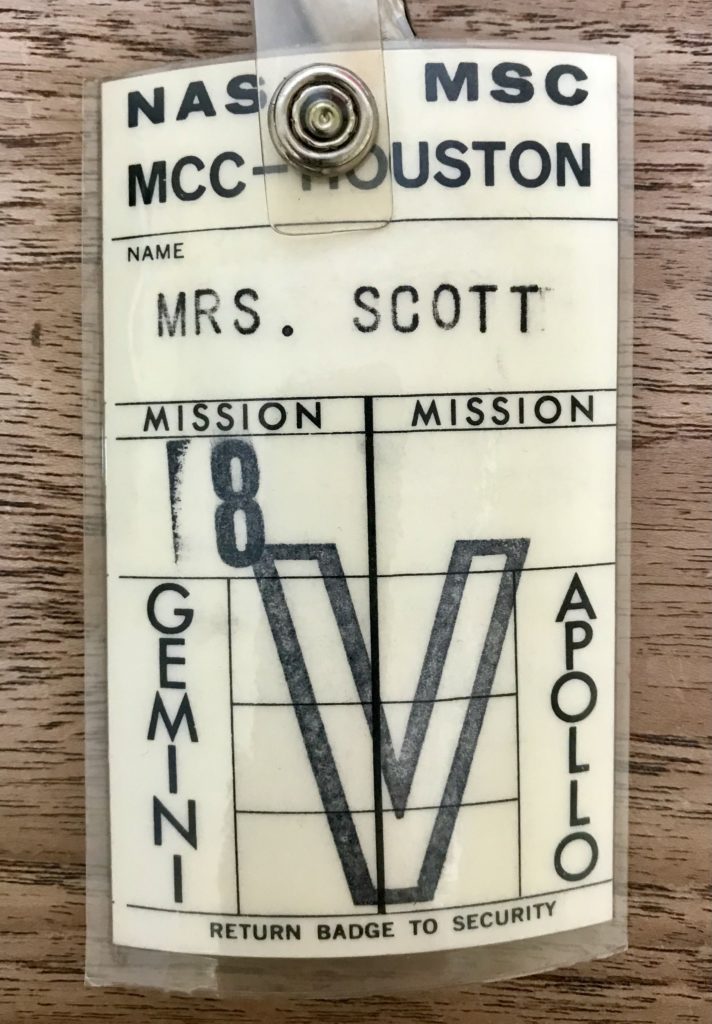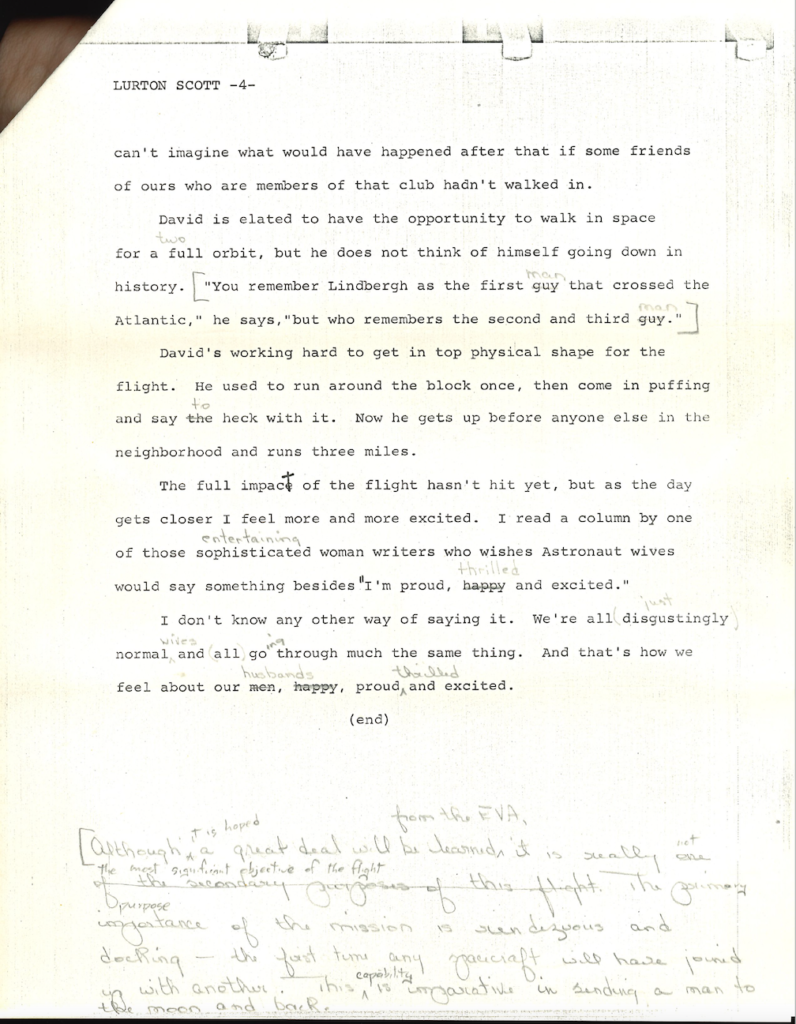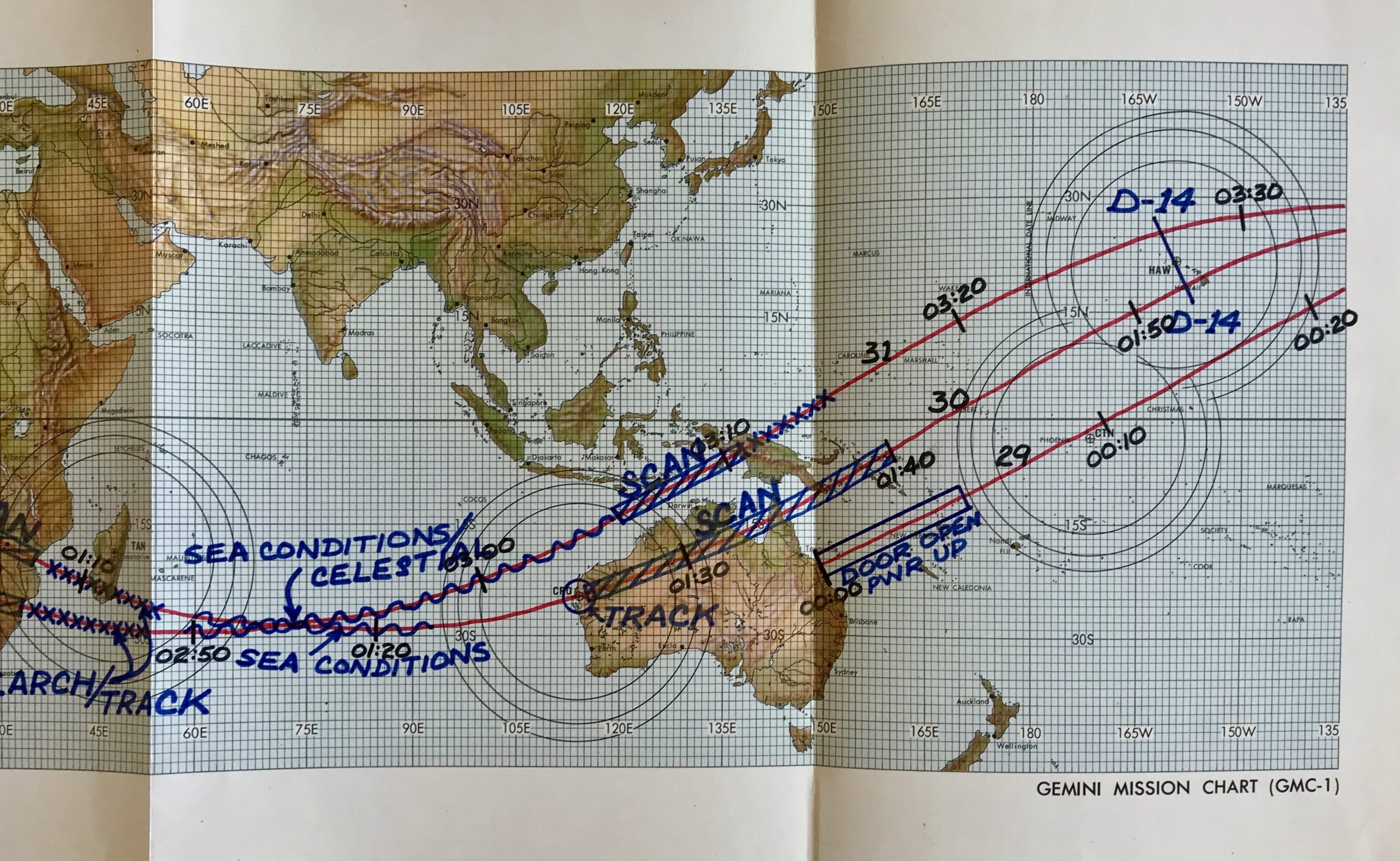What was the Moon Shot era really like?
Over the last 50 years, many accounts have been written about the Moon Shot era, from many different angles. Yet, the reality of that extraordinary accomplishment was complex, and primary sources from the time still hold a wealth of stories that have yet to be told. At Emory, we are gathering together primary sources that tell a piece of this history – primary sources from the holdings of my father, David R. Scott, and my mother, Anne Lurton Scott.
My father has long been a student of history, as was my mother, and they were both “keepers-of-things” (pack-rats!). They preserved many primary sources from the Moon Shot era, with an eye to offering them to future students of history.
Apollo 15 Learning Hub
In 2015, we began this effort with a collaboration between my father and the Emory Center for Digital Scholarship (ECDS). My father had the complete set of Apollo 15 flown flight data files, a rare collection, which he wanted to digitize for public access and education. ECDS digitized the flight data files and then expanded that effort with their excellent work creating the Apollo 15 Learning Hub.

The Apollo 15 Learning Hub—a project over five years in the making—assembles, preserves, and makes available primary source records of the Apollo program, particularly Apollo 15, for research, education, and history as an example of a unique human endeavor. Explore these firsthand documents on the hub – linked above and the url here: https://apollo15hub.org/
David R. Scott and Anne Lurton Scott Papers at Emory Rose MARBL
A few years ago, after the death of my mother, I began collecting her papers and records from those early space days. There were also many of my father’s documents co-mingled in the boxes. As I went through the papers, I was amazed at how much history – and how many stories – were embedded in the writings and the letters, the photos and memorabilia, and even the press clippings. Both my father and I wanted to preserve and share these primary sources as a way to further the educational purposes of the Apollo 15 Hub. We donated the papers to Emory’s Rose Manuscript, Archives, and Rare Book Library (Rose MARBL) in 2021. The David R. Scott and Anne Lurton Scott Papers are now available to the public for viewing in the Reading Room at the Rose Library.



We are grateful to Rose Library for housing the collection, and for their excellent work accessioning, processing, and cataloguing the papers to make them available for public viewing and research in the Rose Library Reading Room. To learn more about the Scott Papers collection see the Finding Aid here: https://findingaids.library.emory.edu/documents/scott1511/. For information on visiting Rose Library: https://libraries.emory.edu/rose/using-rose-library
These primary sources at Emory are from one individual and one family of the Moon Shot era, yet they are related to many other individuals and organizations from that period and offer a window into the scientific and technological, as well as the social and cultural aspects of the time. With both the Apollo 15 Learning Hub and the Rose Library donation, we hope to encourage more social and cultural research into the Moon Shot (Gemini and Apollo programs) era.
Top (feature) photo: Detail from the Gemini 8 Flight Plan Mission Chart. Digital version of the flight plan on the Apollo 15 Hub: Gemini 8 Mission Chart. The full flight data files for Gemini 8, which were flown on the mission, are now digitized and online: Gemini 8 Flight Plan and Rendezvous Plan. Originals are in the collection of David R. Scott and will be donated to Rose MARBL.
